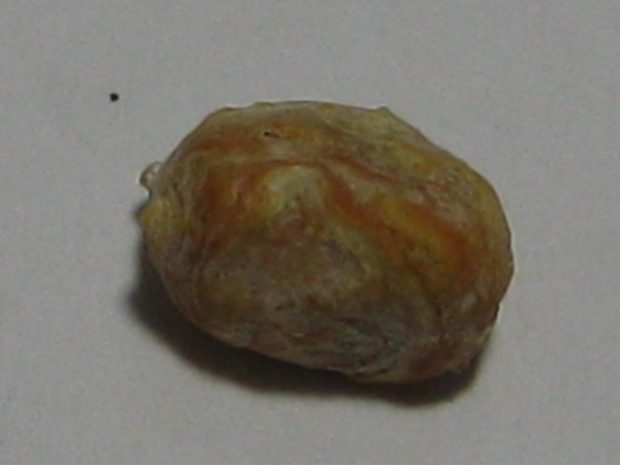 Kidney stones are almost always extremely painful. In some instances, this medical condition can be debilitating. Fortunately, however, there are several treatment options available.
Kidney stones are almost always extremely painful. In some instances, this medical condition can be debilitating. Fortunately, however, there are several treatment options available.
What Are Kidney Stones?
Kidney stones are clumps of bodily products that form inside the kidneys. The condition’s cause could be the result of several maladies impacting the kidneys, bladder or elsewhere along the urinary tract. Individuals with a family history of the malady, obesity or whom consume sodium-laden diets might be at an increased risk of developing the problem.
Once the stones form, they might precipitate a host of unpleasant symptoms. Typically, physical manifestations occur when the stone passes through the urinary tract. Arguably, the most common symptom stricken individuals experience is pain. This discomfort is often felt in the back underneath the ribcage. However, the feeling might travel to the lower abdominal region or groin.
Other physical manifestations that might indicate a kidney stone’s presence include discomfort when urinating, frequent urination urinary discoloration, nausea and vomiting. In certain instances, the stone might obstruct the urinary tract. This occurrence could precipitate a urinary tract infection. Individuals with an existing infection might also experience an elevated body temperature and chills.
Treatment Options
The objective of any remedial effort is to promote the stone’s passing out of the patient’s body. A healthcare provider will employ a specific treatment option after considering several different factors including the stone’s size, the specific substances which comprise the stone, its position within the urinary tract, the patient’s overall health or if the patient has any serious underlying medical conditions. That said, three common therapeutic protocols include:
Medication
In some cases, certain drugs might prove effective in helping the stone pass. A medication known as Flomax is commonly prescribed. This drug causes the urethra (the urinary structure from which the stone will eventually pass) to relax. Patients experiencing high levels of pain might also benefit from prescription pain-killing preparations.
Watchful Waiting
Some medical professionals might opine the best course of action is to allow the stone to pass on its own accord. Such a protocol is often employed when the stone is small. In many instances, the stone will pass within a several week timeframe. That said, the patient should be monitored for infection and kidney obstruction and, if the symptoms of either condition develops, more aggressive treatment will be necessitated.
Surgery
Surgical intervention is indicated when the stone will simply not pass, it deemed to large to employ other excretion methods or has led to complications such as infection or urinary tract obstruction. There are several types of surgical procedures used such as:
Ureteroscopy (URS)
During this procedure, a surgeon will examine the urinary tract using a tiny telescope that is connected to a small basket. Upon noticing the stones, the surgeon uses the basket-like device to extract the offending structures.
Shock Wave Lithotripsy (SWL)
Using X-rays is ultrasound, a healthcare provider repeatedly shocks the stone until it breaks apart into tiny pieces that are easier to pass.
Percutaneous Nephrolithotomy (PCNL)
A surgeon makes a slight incision inside the patient’s back, inserts a microscope and places a stone-breaking instrument through the microscope and dissolves the structure.
In most instances, kidney stones do not cause any permanent damage and patients make a full recovery. For more information, please visit kidneystonewebsite.com.









![Daily Bite [Make]: Philly Cheesesteak Stuffed Bell Peppers](https://dashofwellness.com/wp-content/uploads/2013/01/Philly-Cheesesteak-Stuffed-Pepper-Daily-Bite-1-100x70.png)
